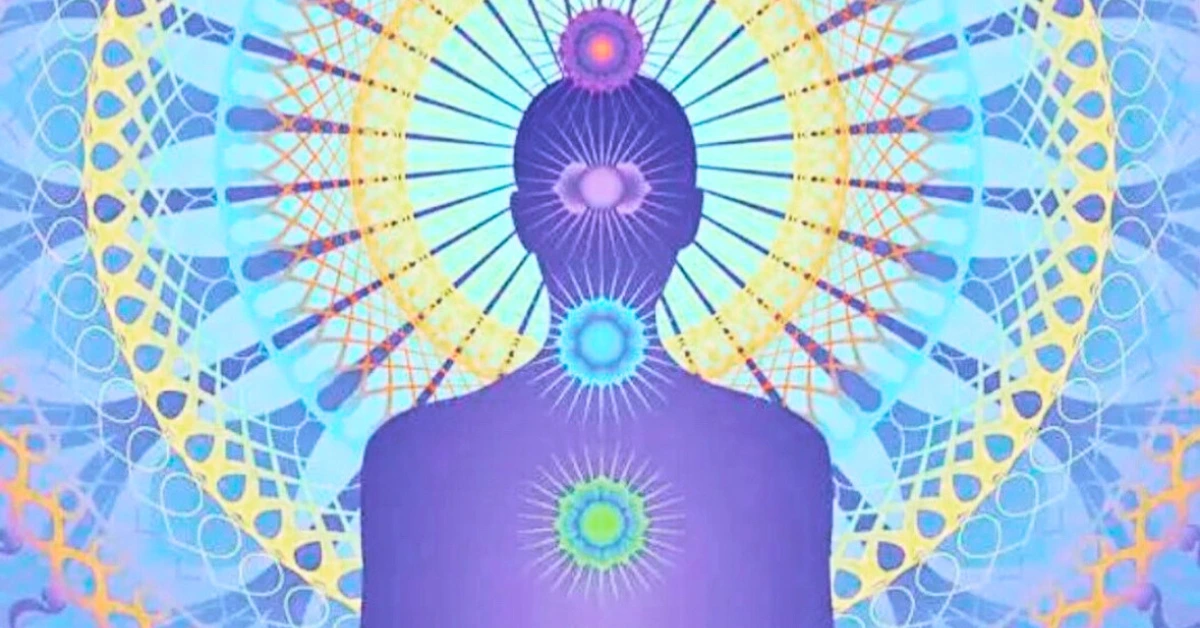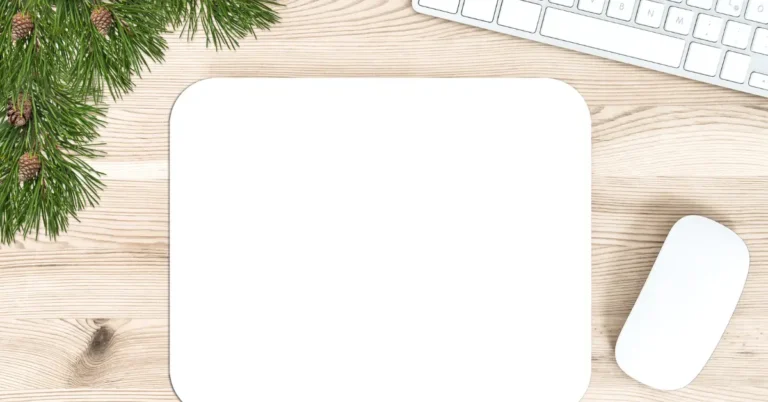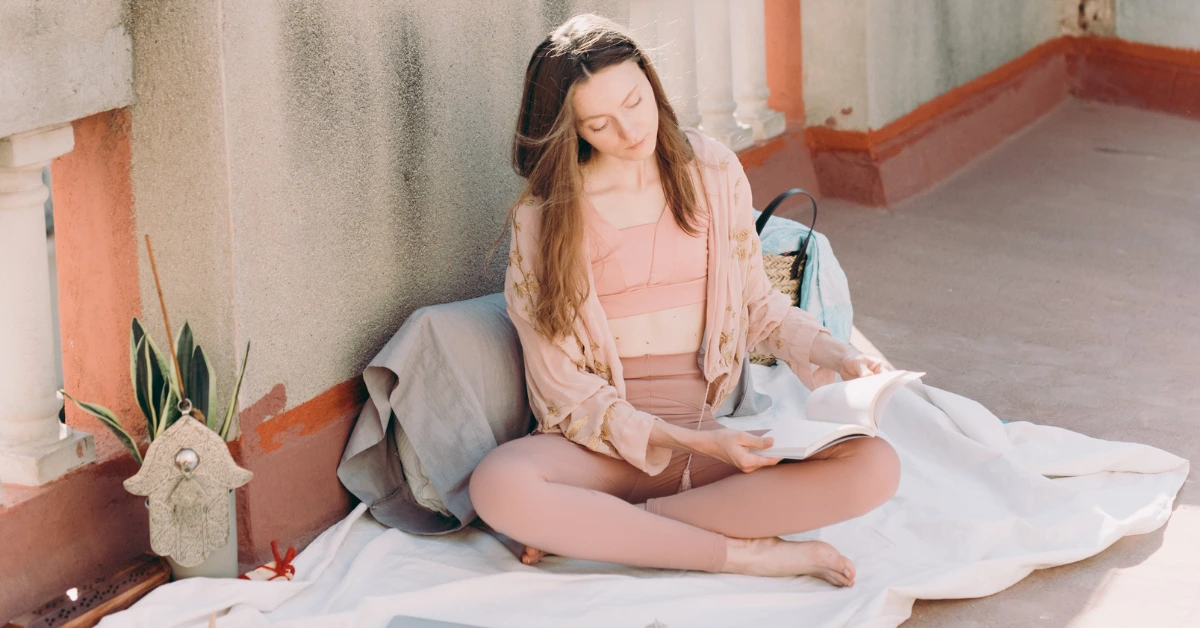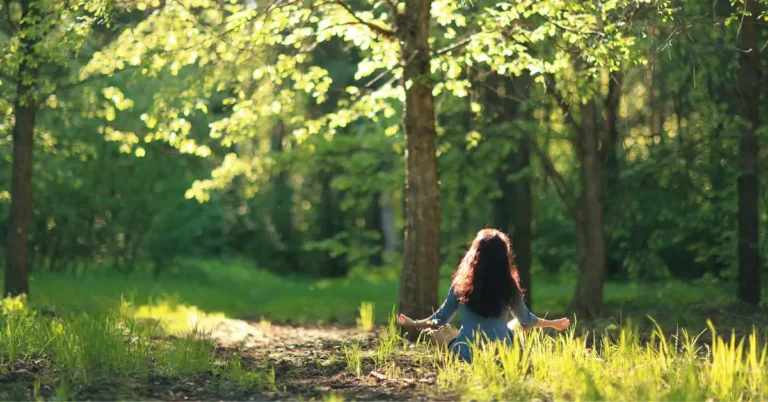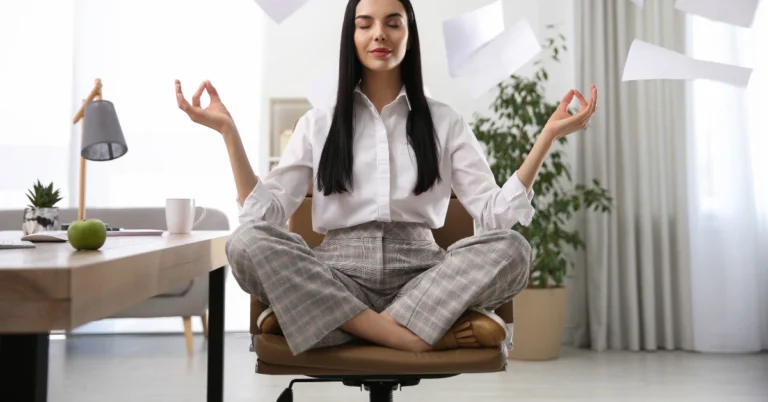In a life painted with chaos and stress, it’s easy to lose sight of the beauty within ourselves. But through the practice of Color Meditation, you can rediscover the vivid palette of your emotions, finding harmony, healing, and creativity in the process.
Think of this blog article as your brush and palette, ready to guide you through the intricate art of Color Meditation. Here, we’ll explore the psychology of colors, techniques to harness their power, and the remarkable ways they can influence your emotional landscape.
Pros ✅
- The deck contains 100 cards with a wide range of mindfulness exercises
- The cards are organized into 7 categories with day and night activities
- The graphics on the cards are eye-catching
Cons 🚫
- Some users may find the design of the cards too busy and overwhelming
- The cards are not as durable as other decks on the market
Color yes, but color meditation – what is this?!
Color meditation is a practice that involves focusing on different colors to achieve a state of relaxation, balance, and harmony. As someone who practices color meditation regularly, I find it to be a powerful tool for reducing stress, increasing creativity, and promoting wellbeing. Similarly as chakra meditation.
The basic principle behind color meditation is that each color has a unique energy and vibration that can affect our mood, emotions, and physical state. By focusing on a particular color, we can tap into its energy and use it to achieve our desired outcome.
For example, if you’re feeling anxious or stressed, you might choose to focus on blue, which is known for its calming and soothing properties. By visualizing the color blue and breathing deeply, you can help to quiet your mind and relax your body.
Similarly, if you’re feeling stuck or uninspired, you might choose to focus on yellow, which is associated with creativity and inspiration. By visualizing the color yellow and tapping into its energy, you can help to stimulate your imagination and come up with new ideas.
There are many different ways to practice color meditation, including visualizing colors in your mind’s eye, using color therapy tools like crystals or colored lights, or simply surrounding yourself with colors that resonate with you. Whatever method you choose, the key is to approach it with an open mind and a willingness to explore the power of color.
Color meditation is a simple yet effective technique for promoting relaxation, balance, and wellbeing. By understanding the unique properties of different colors and learning how to harness their energy, you can tap into a powerful tool for self-care and personal growth.
Different Colors in Color Meditation

Red
Red is a color that is often associated with passion, energy, and vitality. When used in meditation, it can help to increase feelings of courage and strength. Some people also find that red can help to stimulate the root chakra, which is associated with grounding and stability.
Orange
Orange is a color that is often associated with creativity, enthusiasm, and joy. When used in meditation, it can help to increase feelings of happiness and optimism. Some people also find that orange can help to stimulate the sacral chakra, which is associated with emotional balance and creativity.
Yellow
Yellow is a color that is often associated with mental clarity, focus, and confidence. When used in meditation, it can help to increase feelings of self-awareness and concentration. Some people also find that yellow can help to stimulate the solar plexus chakra, which is associated with personal power and self-esteem.
Green
Green is a color that is often associated with growth, balance, and harmony. When used in meditation, it can help to increase feelings of peace and tranquility. Some people also find that green can help to stimulate the heart chakra, which is associated with love and compassion.
Blue
Blue is a color that is often associated with calmness, serenity, and relaxation. When used in meditation, it can help to decrease feelings of stress and anxiety. Some people also find that blue can help to stimulate the throat chakra, which is associated with communication and self-expression.
Indigo
Indigo is a color that is often associated with intuition, spirituality, and wisdom. When used in meditation, it can help to increase feelings of insight and understanding. Some people also find that indigo can help to stimulate the third eye chakra, which is associated with intuition and perception.
Violet
Violet is a color that is often associated with spirituality, imagination, and inspiration. When used in meditation, it can help to increase feelings of creativity and inspiration. Some people also find that violet can help to stimulate the crown chakra, which is associated with spiritual connection and enlightenment.

How to Practice Color Meditation

Color meditation is a simple yet effective way to calm the mind and relax the body. Here’s how to get started:
- Find a quiet and peaceful place where you can sit comfortably without any distractions.
- Choose a color that you feel drawn to or that resonates with you. You can use a color chart or simply visualize the color in your mind.
- Close your eyes and take a few deep breaths, allowing your body to relax and release any tension.
- Focus your attention on the color you have chosen. Visualize it in your mind’s eye and allow it to fill your entire being.
- As you continue to focus on the color, allow any thoughts or emotions to come and go without judgment or attachment. Simply observe them and let them pass.
- Stay with the color for as long as you like, allowing it to soothe and calm your mind and body.
- When you’re ready to end the meditation, take a few deep breaths and slowly open your eyes. Take a moment to notice how you feel and bring that sense of calm and relaxation with you into your day.
Remember, color meditation can be practiced anytime, anywhere, and for any length of time. Experiment with different colors and see which ones resonate with you the most. With regular practice, you’ll find that color meditation can be a powerful tool for reducing stress, increasing focus, and promoting overall well-being.
FAQ
What is color meditation, and how does it work?
Color meditation is a mindfulness practice that involves focusing on a specific color or a series of colors to promote relaxation, healing, and self-awareness. By directing your attention to colors and their associated emotions or energies, you can influence your mood and enhance your overall well-being.
Can anyone practice color meditation, or is it suitable for specific purposes?
Color meditation is accessible to people of all ages and backgrounds. It can be practiced for various purposes, including stress reduction, emotional healing, and personal growth. Whether you’re looking to calm your mind, boost creativity, or explore your emotions, color meditation can be adapted to your specific needs and goals.
How do I choose the right color for my meditation practice?
The choice of color for your meditation practice often depends on your intention. Different colors are associated with specific emotions and energies. For example, blue is linked to calm and communication, while red represents vitality and passion. Consider your goals and emotions, and select a color that resonates with the outcome you seek in your meditation practice.
What are some techniques to practice color meditation effectively?
There are various techniques for color meditation, such as visualizing a specific color, meditating on a colored object or image, or simply immersing yourself in a colorful natural environment. Experiment with different approaches to discover which one resonates with you the most and supports your meditation goals effectively.
If you liked this blog article about Color Meditation, don’t forget to follow us on Pinterest so you don’t miss any more meditation news!

